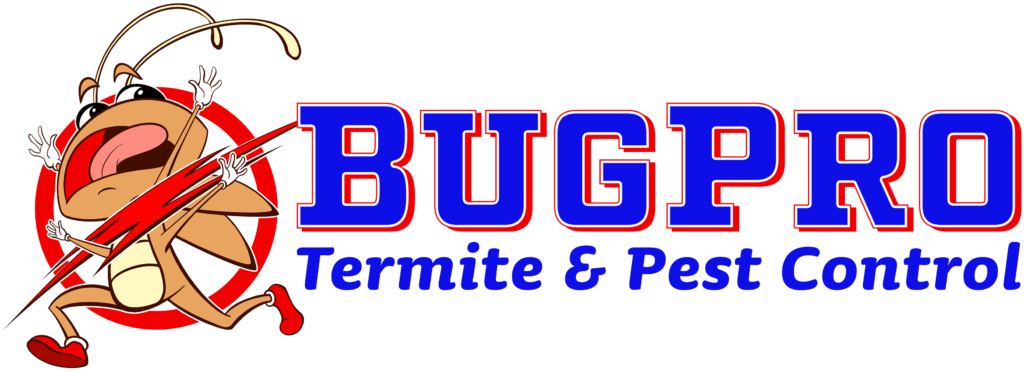
Termite infestations can pose a significant threat to homes and structures, causing costly damage and structural compromises. While traditional termite control methods often rely on chemical pesticides that can harm the environment and human health, eco-friendly alternatives offer sustainable solutions that effectively manage termite populations while minimizing environmental impact. In this blog post, we will explore a range of eco-friendly termite control methods that prioritize sustainability, safety, and efficacy in protecting your home and the environment.
1. Integrated Pest Management:
Integrated Pest Management (IPM) is a holistic approach to pest control that emphasizes prevention, monitoring, and non-chemical control methods. By combining cultural, biological, and mechanical strategies, IPM aims to reduce reliance on synthetic pesticides and minimize environmental risks. For termite control, IPM techniques may include habitat modification, moisture control, and physical barriers to prevent termite infestations before they occur.
2. Biological Control:
Biological control methods harness the power of natural predators, parasites, and pathogens to manage termite populations in an eco-friendly manner. For example, introducing predatory nematodes or fungi that target termites can help control infestations without relying on chemical pesticides. These biological agents specifically target termites while minimizing harm to beneficial insects and organisms in the environment.
3. Botanical Extracts and Essential Oils:
Botanical extracts and essential oils derived from plants such as neem, clove, and thyme have shown promise as eco-friendly alternatives for termite control. These natural compounds contain bioactive ingredients that repel or eliminate termites without leaving harmful residues in the environment. By using plant-based extracts as termite repellents or treatment options, homeowners can effectively manage termite infestations while promoting environmental sustainability.
4. Baiting Systems:
Termite baiting systems offer a targeted and environmentally friendly approach to termite control. These systems use bait stations containing termite attractants and slow-acting toxins that are consumed by termites and spread throughout the colony. By focusing on eliminating termite colonies at the source, baiting systems reduce the need for widespread chemical applications and minimize disruption to the surrounding ecosystem.
5. Physical Barriers and Construction Practices:
Implementing physical barriers such as metal mesh screens, sand barriers, or concrete foundations can help prevent termite entry into structures without the use of chemical treatments. Additionally, adopting termite-resistant construction practices, using treated wood, or installing termite shields can create a protective barrier against termite infestations while promoting sustainable building practices.
As homeowners and environmental stewards, choosing eco-friendly termite control methods is essential for safeguarding our homes, health, and ecosystems. By embracing sustainable solutions such as Integrated Pest Management, biological control, botanical extracts, baiting systems, and physical barriers, we can effectively manage termite infestations while minimizing environmental impact. Prioritizing eco-friendly termite control not only protects our homes from damage but also contributes to a healthier and more sustainable future for ourselves and the planet.